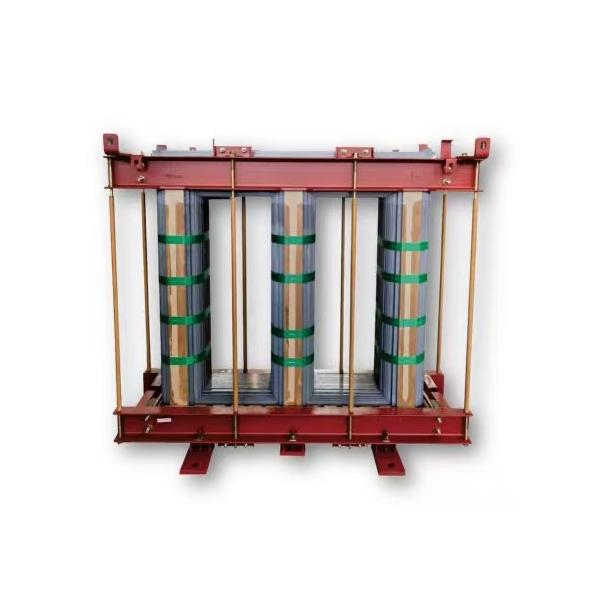Innovative Techniques for Removing Minerals from Mineral Water
Mineral water is known for its health benefits due to the presence of essential minerals. However, excessive mineral content can sometimes lead to an unpleasant taste or even health concerns. In this blog post, we will explore various advanced techniques used to remove minerals from mineral water, ensuring a high-quality and refreshing drinking experience.
- Reverse Osmosis (RO) Filtration:
Reverse osmosis is a widely used method for removing minerals from water. It involves passing water through a semi-permeable membrane, which selectively allows water molecules to pass while blocking minerals and impurities. RO filtration effectively removes minerals, heavy metals, and other contaminants, resulting in purified and mineral-free water. - Distillation:
Distillation is another effective technique for mineral removal. It involves heating the water to create steam, which is then condensed back into liquid form, leaving behind the minerals and impurities. Distillation not only removes minerals but also eliminates bacteria, viruses, and other organic compounds, ensuring the highest level of purity. - Ion Exchange:
Ion exchange is a process that replaces unwanted minerals with more desirable ones. In this method, water passes through a resin bed containing exchangeable ions. Undesirable minerals are exchanged with ions such as sodium or potassium, which do not affect the taste or quality of the water. Ion exchange is particularly useful for removing calcium, magnesium, and other hardness-causing minerals. - Electrodialysis:
Electrodialysis utilizes an electric field to remove minerals from water. It involves passing water through a series of ion-selective membranes, which allow only specific ions to pass through. By applying an electric current, minerals are selectively removed, leaving behind purified water. Electrodialysis is an energy-efficient and environmentally friendly method for mineral removal. - Carbon Filtration:
Activated carbon filters are commonly used to remove minerals and impurities from water. These filters contain activated carbon, which has a high surface area and adsorptive properties. Carbon filtration effectively removes chlorine, heavy metals, and some minerals, enhancing the taste and quality of mineral water.
Conclusion:
With the advancement of technology, several innovative techniques are available for removing minerals from mineral water. Reverse osmosis, distillation, ion exchange, electrodialysis, and carbon filtration are among the most effective methods. Each technique offers unique benefits, ensuring the removal of unwanted minerals while preserving the essential qualities of water. By employing these techniques, consumers can enjoy high-quality, mineral-free water that is both refreshing and beneficial to their health.
Note: The content provided above is for informational purposes only and should not replace professional advice.

